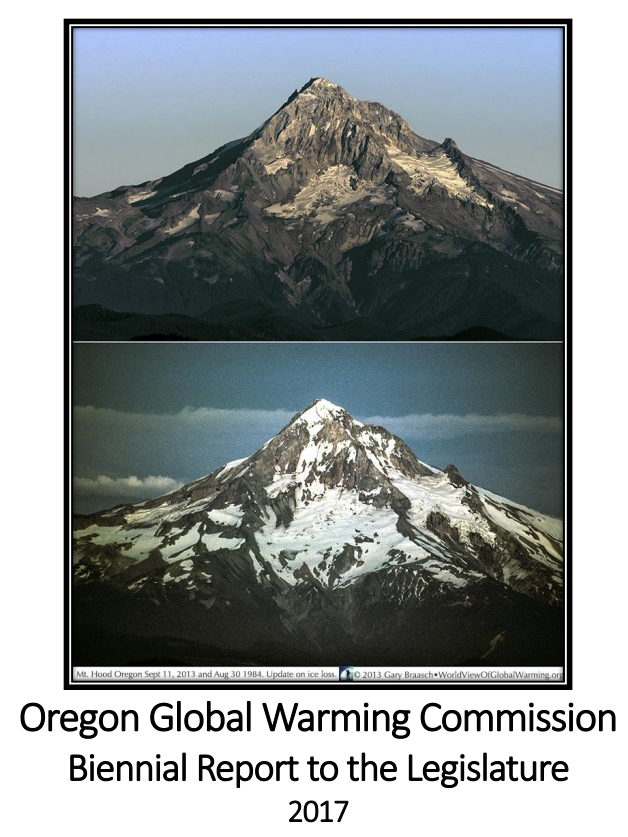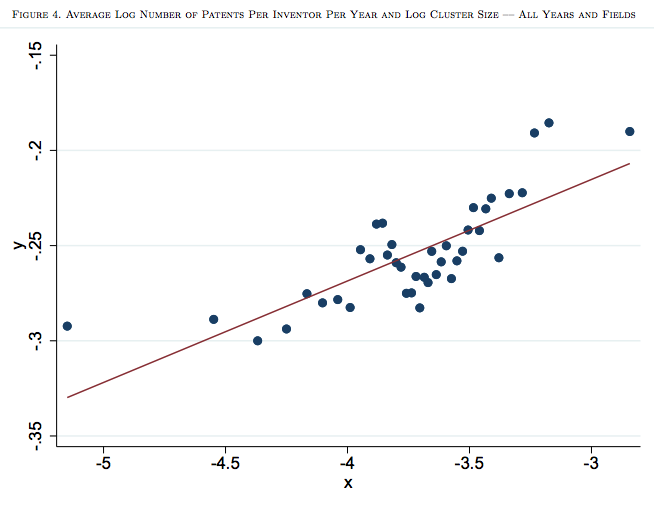What City Observatory did this week
Portland’s Clean Energy Fund needs accountability. Portland voters approved a ballot measure creating a $60 million annual fund to invest in community-based clean energy projects, particularly ones that promote equity. It’s a well-intended program, but in practice the review process that’s been developed does too little to establish measurable results, either in reducing greenhouse gas emissions, or improving the lot of historically disadvantaged communities. We look at the critique of the program offered by former Portland City Commissioner Steve Novick and state greenhouse gas commission chair Angus Duncan.

Must read
1. Paul Krugman connects the dots: Urbanism, Housing shortages and a polarized nation. California, in a microcosm represents the key challenges of urbanism in a knowledge economy. The state has flourished because its created strong industry clusters and attracted (and educated) tons of knowledgable workers. In the past, the growth of such industries has produced wide benefits, but it California, acces to those benefits is limited by the state’s highly constrained housing supply–the product of NIMBY land use policies. As a result, access to opportunity is cut off for many. As Krugman writes:
” . . what we see in California is that while highly educated workers are moving in to serve the tech boom, less-educated workers are moving out,”
Working-class families should be able to share the region’s economic success. Yet, with housing costs rising, these families are being driven out. In turn, this pattern of migration is amplifying the blue/red polarization of American communities. Krugman argues for increasing housing density in California could broad access to opportunity. Building more housing helps create diverse, healthy cities. Housing is at the core of The Golden State’s problems.
2. What if we applied scooter rules to cars? Streetsblog’s Kea Wilson has a devastatingly on-point critique of the profound double-standard at work in US transportation policy. Tiny electric scooters–a relatively new transportation innovation on urban streets–are subjected to a range of technological and regulatory standards far in excess of those applied to the much deadlier and prolific two-ton metals boxes that dominate US streets. Scooters have built-in speed limiters, and also have “geo-fencing” that keeps them out of some areas (and regulates their speed still further in others). Many even have built-in technology to prevent drunk operators, and cities and states have strict weight and size limits. How much safer would the US transportation system be if we applied even a fraction of this level of regulation and scrutiny to the vehicles that kill or maim tens of thousands of person each year?
3. Are students an environmental menace? Airports, highways, and college classrooms are all in the same boat when we consider environmentally damaging infrastructure. One of these is not like the others, yet, according to the California Environmental Quality Act, they all fit in the same category. A lower court judge recently ruled that “increases in student enrollment above the current enrollment level at UC–Berkeley could result in an adverse change or alteration of the physical environment.” Siding with a local group, Save Berkeley’s Neighborhoods, the court halted the university’s ability to increase enrollment. Now, the university must reassess the ecological cost of its students. Slate’s Henry Grabar writes on this decision and talks to members of the Berkeley community across both sides of the debate. The author illustrates how this controversial decision is tied to the NIMBYism of Berkeley residents. He writes, “the ‘environment’ protected by a university enrollment freeze isn’t the atmosphere, or ecologically sensitive habitats, or the wildlands of urban sprawl. It’s the front lawns and quiet nights of Berkeley homeowners.” Are college students really an environmental burden on the same scale as highway construction? What benefit does limiting the number of diverse students at a prestigious university do for our climate goals? The final irony, of course, is that the CEQA process doesn’t ask what would be the environmental impact of not admitting more students to Berkeley; because the university is denser and better served by transit than alternatives, its likely that the total environmental impact of educating these students would be less than having them go to college elsewhere.
New Knowledge
Cities, clusters and knowledge: Why the pandemic likely is reducing innovation and productivity. Berkeley’s Enrico Moretti has written several papers documenting the economic gains we get from urbanization (and the economic costs we experience from restricting the growth of the most successful, productive cities). Wired drew attention to a new paper from Moretti looking specifically at the role of cities, and the close collaboration and interaction that they facilitate, in stimulating innovation.
Moretti’s paper, “The Effect of High-Tech Clusters on the Productivity of Top Inventors” looks specifically at patenting activity as an indicator of innovation. Inventors of all sorts are more inventive if they’re in a milieu with lots of other inventors. Moretti looks at a variety of measures of how patenting changes with the size of the local industry cluster: inventors in larger clusters tend to be more productive, on average, than those in smaller clusters, and importantly, those who move to larger clusters become more productive.
As the Wired article summarizes:
. . . people in the tech and biomedical sectors who move from a small industry cluster to a larger one like those in Silicon Valley, Seattle, or Austin become 12 to 14 per cent more productive, Moretti’s research shows. They become more productive almost immediately after they move, and they sustain their productivity for several years afterwards.
The converse is also true: When a cluster shrinks, the inventors in the cluster become, on average less productive. Moretti looks at the decline in patent productivty in Rochester New York, following the decline of the photo-optic cluster anchored by Kodak.
All this has implications for remote work in the wake of Covid: If researchers distant from strong clusters are less inventive, that’s likely to make them and the firms that employ them less successful. In contrast, cities with strong local clusters of businesses are likely to generate more novel ideas, and be more successful over time. As we’ve argued at City Observatory, the competitive aspect of lower remote work productivity isn’t apparent when everyone has to work at a distance, but as more and more of us return to the office, or to the lab, those who work remotely (and the firms that employ them) will increasingly be at a disadvantage.
Enrico Moretti, The Effect of High-Tech Clusters on the Productivity of Top Inventors, University of California, Berkeley, March 2021.

